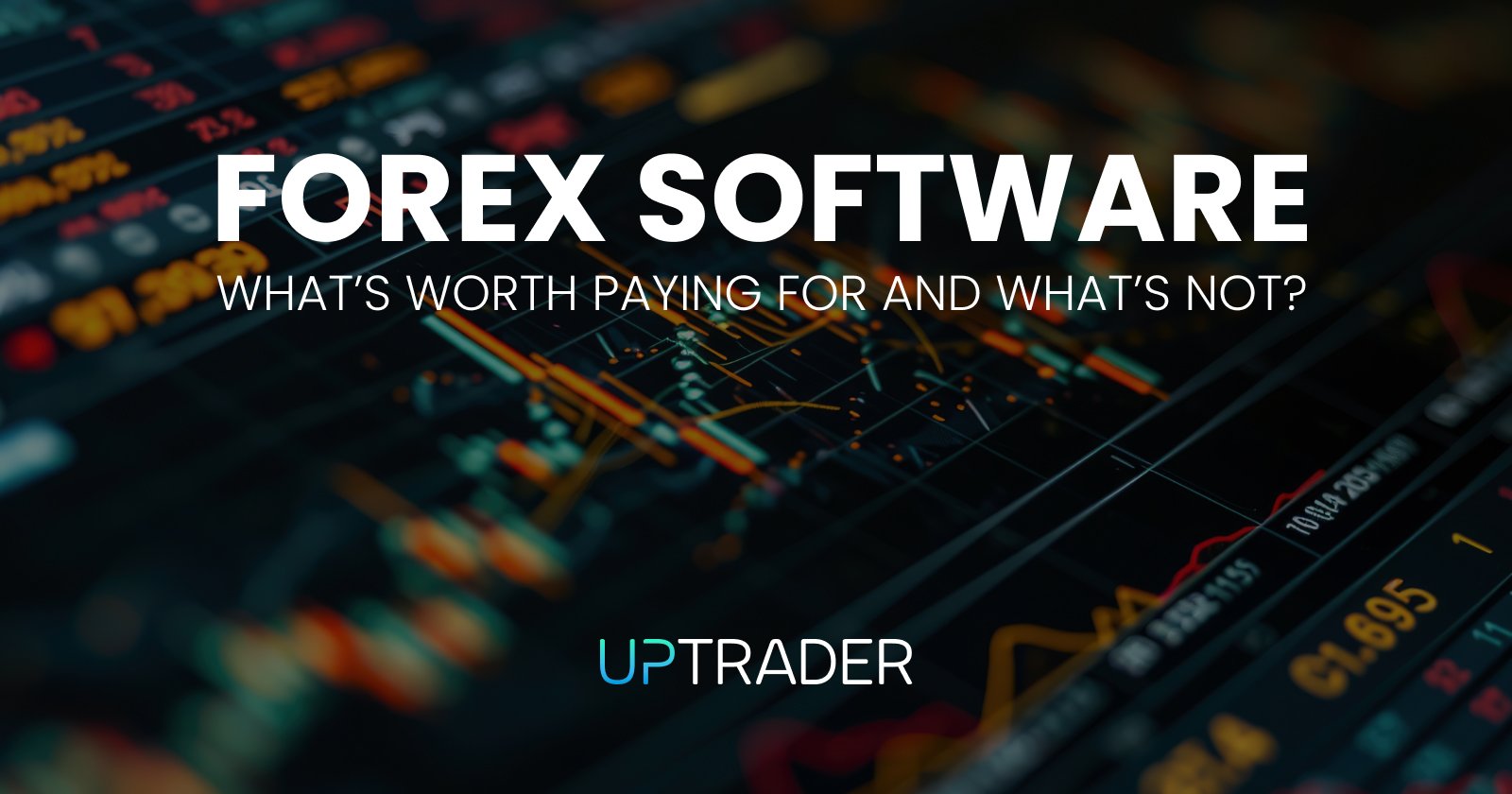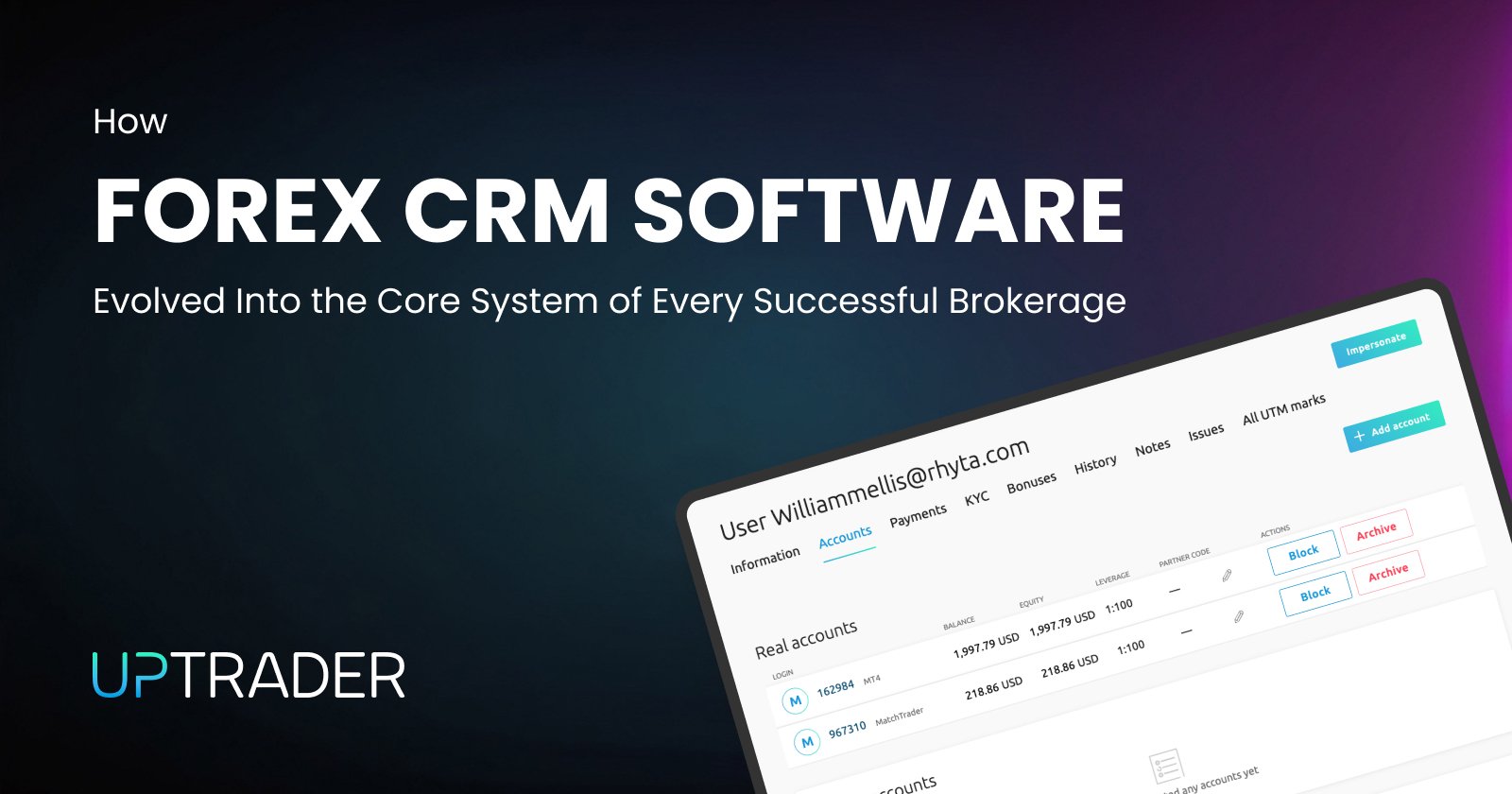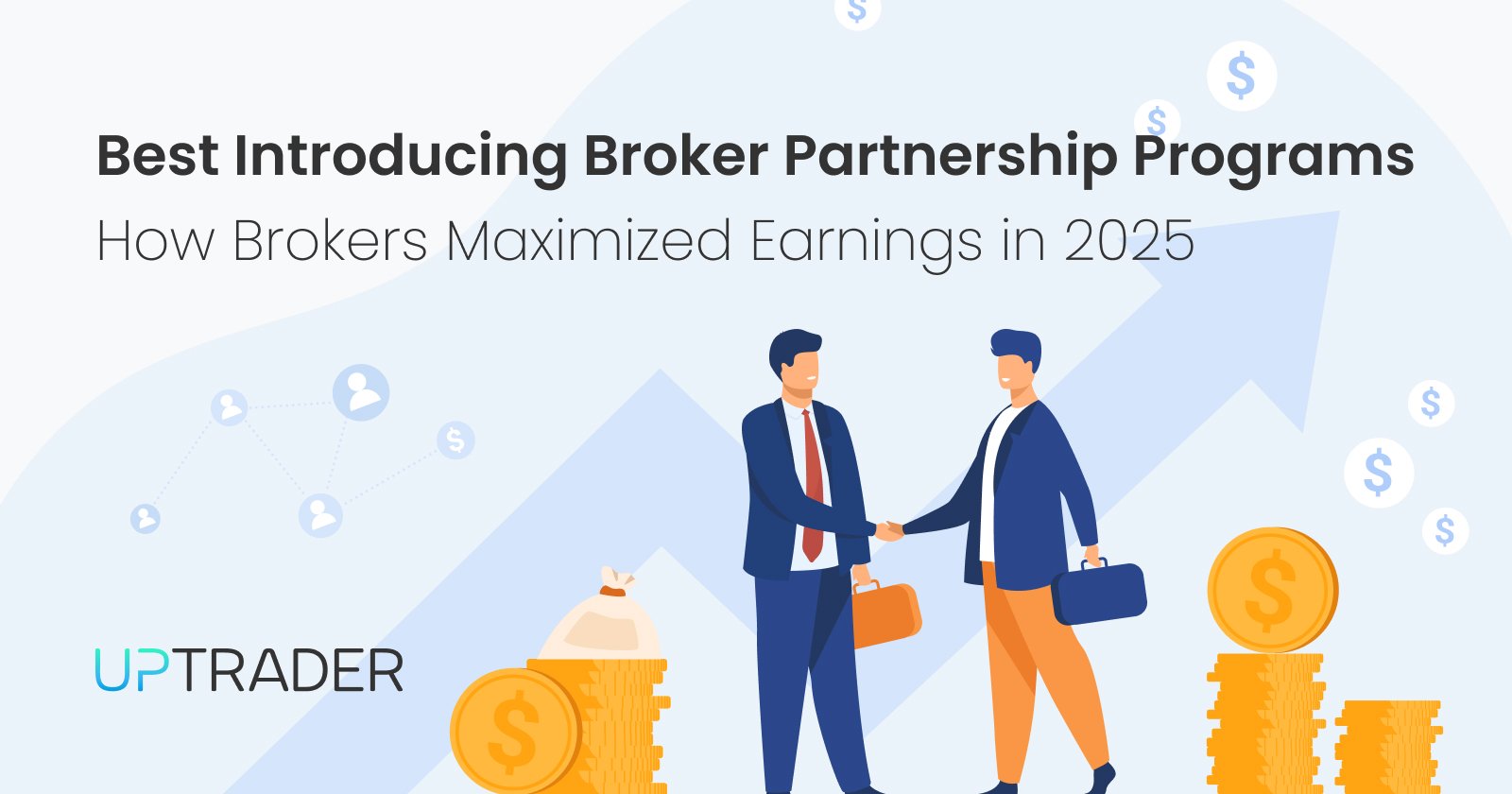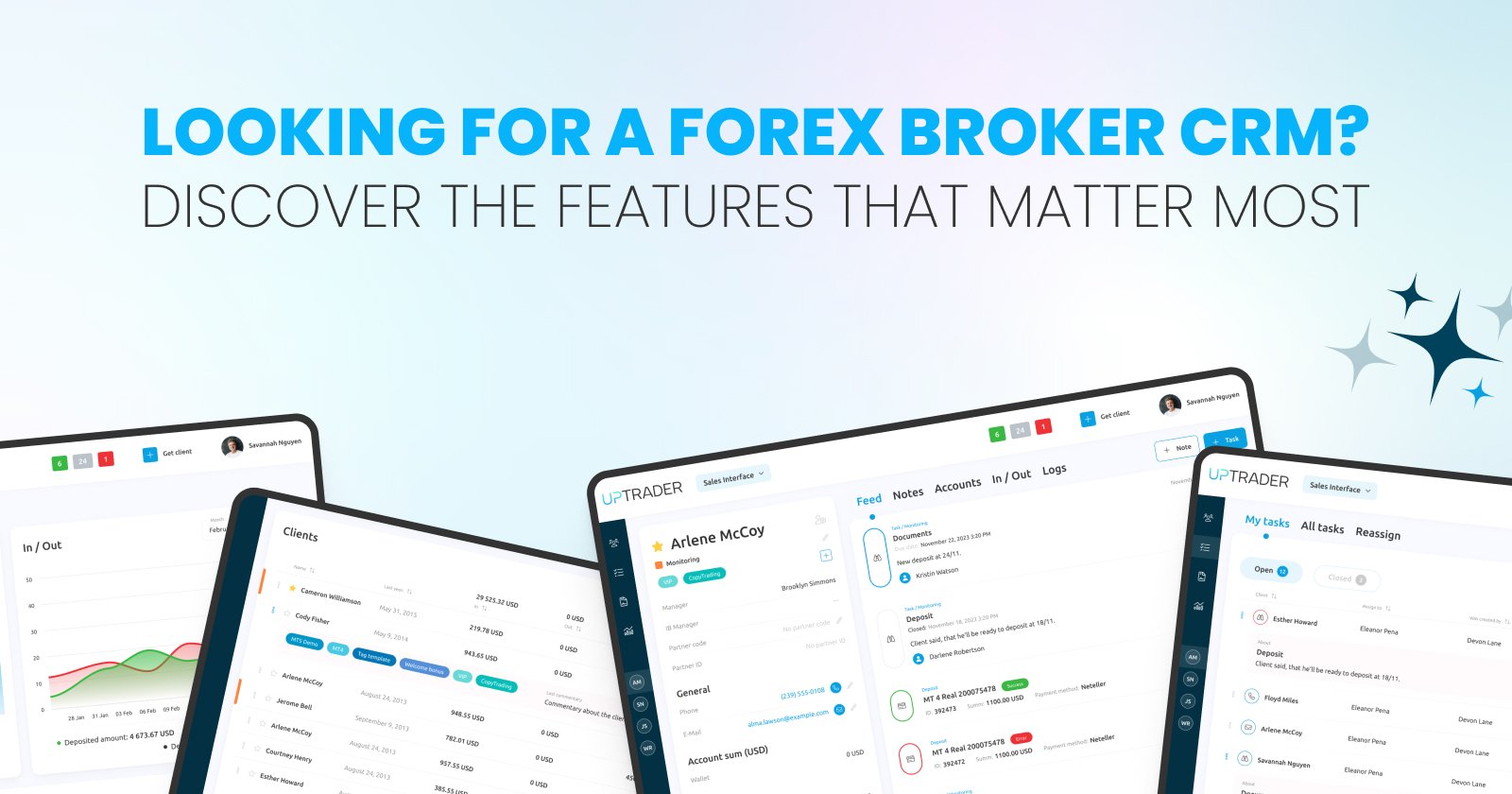Forex software — what’s worth paying for and what’s not?

Share this publication:
Whether you’re a new retail trader or an institutional veteran, you quickly learn this ecosystem is saturated with Forex Software and tools hawking simplicity and profit. They come in every flavor — robot traders promising the moon, heat maps with paralyzing amounts of color, and one-click hedging calculators that feel great on a demo, and that you immediately regret on a live account.
The sobering fact is that most of these offerings are tidy packaging for the same repackaged nonsense. If you’re serious about the craft, that should sting a little. If you throw money at the same re-skinned myth each quarter, your P&L won’t just look empty; it will feel odious.
This guide is not your usual, rainbows and a hundred-percent returns roundup. You will discover the handful of programs that make tangible, measurable differences and the clutter you can safely delete. There’s also a checklist for vetting anything new that hits your inbox tomorrow.
By the article’s end, you will know — absolutely — where a dollar spent today is still earning you profit a month from now and where the promise has only given your broker a nicer vacation.
The Reality of Forex Software
Let’s be real: Forex trading has always attracted two types of people. On one side, you’ve got serious traders and brokers building systems to improve execution and risk management. On the other hand, you’ve got marketers selling “magic button” solutions to unsuspecting beginners.
This tension creates confusion. Should you pay hundreds per month for a signal service? Do you need that advanced charting tool when your broker already gives you the Trading Platform? Is it worth buying a Forex robot that claims to guarantee 95% win rates?
Here’s the guiding principle: Good software should either save you time, make you more efficient, or reduce your risk. If it doesn’t do one of those three things, it’s not worth paying for.
Forex Software That’s Worth Paying For
Let’s start with the tools you should consider investing in. These aren’t gimmicks. They are the reason that you trade smarter and manage risk effectively.
1. Professional Trading Platforms
Your broker will generally provide a no-cost trading platform like Trading Platform 4 or 5 upon account setup. However, if you’re pushing your limits or trading with a formal edge, you might want to pay for proprietary platforms like cTrader, NinjaTrader, or a higher-tier TradingView account.
Why buy when you can go the free path? Because premium platforms give you:
- Better order execution speeds (crucial for scalpers).
- More advanced charting tools (custom indicators, drawing tools, multiple timeframes).
- Depth of market (DOM) visibility to understand liquidity.
- Automated trading support that’s more flexible than Trading Platform 4 bots.
If you’re trading seriously, this kind of edge can make a noticeable difference.
Worth paying for? Yes, especially if you’re beyond the beginner stage.
2. Data Feeds & Market Analysis Tools
Data is your guide, and sailing without a confirmed quote is like setting sail without a working compass. Retail news feeds are certainly helpful, yet they’re frequently a few tickers behind and often skim the surface. Savvy traders opt for institutional-grade information — Bloomberg Terminal or Reuters Eikon for the full breadth, or somewhat lighter, more affordable services like Trading Central or Myfxbook for solid, budget-conscious rounds of reference.
What you gain:
- Real-time, reliable news feeds (not social media rumors).
- Detailed sentiment analysis to see how other traders are positioned.
- Economic calendar alerts are tied directly to your platform.
These tools don’t guarantee profits, but they put you in a better position to make informed decisions instead of trading blind.
Worth paying for? Yes, if you trade news events or run a serious account.
3. Risk Management & Trade Journals
This is the most overlooked software category, but arguably the most valuable. Risk management software (like My Trade Size Calculator, Risk Navigator, or proprietary broker add-ons) helps you size trades correctly, monitor your exposure, and stick to your rules.
Meanwhile, digital trading journals such as Edgewonk or TraderSync allow you to analyze your performance with hard data, not gut feelings. Imagine being able to identify that you lose more on Mondays or that your average holding time is killing profits — that’s insight you can act on.
Worth paying for? Absolutely. Good risk tools and journals pay for themselves many times over.
4. Virtual Private Servers (VPS)
Planning to put trading strategies on autopilot? A virtual private server (VPS) is no longer a luxury; it’s a virtual necessity. A VPS hosts your trading application on a remote server that runs all night, all day, lag-free, and untethered from your home ISP’s hiccups.
This way, your algorithms, Expert Advisors, and bots fire orders without pause or perspective losses. Stability might not be the sexiest feature, but it is the potent variable that separates hobbyists from serious players.
It’s not glamorous, but stability is priceless. Worth paying for? Yes, for algo or high-frequency traders.
5. Educational Platforms With Practical Value
There’s a big difference between YouTube gurus and structured education platforms. If you’re paying for software that combines education with tools (like BabyPips School of Pipsology, FTMO’s trader tools, or professional mentorship platforms), it can be worth the cost — provided the content is actionable and not just recycled theory.
Worth paying for? Only if it provides real, applicable value (not vague motivational fluff).
Forex Software That’s NOT Worth Paying For
Now, let’s get into the minefield: the tools that look tempting but usually drain your wallet faster than they grow your account.
1. Forex Robots With Guaranteed Results
You’ve seen the ads: “95% win rate!”, “Set it and forget it!”, “Turn $100 into $10,000 in 30 days!”
Here’s the truth — if an automated system worked that well, nobody would be selling it for $99 online. They’d be quietly compounding millions.
Most of these robots are optimized to look great on backtests but fail miserably in live markets. Others are outright scams.
Worth paying for? No. At best, you’ll lose money. At worst, you’ll blow your account.
2. Signal Services That Promise the World
Paying someone for signals feels tempting, especially when you’re new and struggling. But the vast majority of signal providers have no verified track record. Many are just guessing or repackaging free information you could find yourself.
Even the legitimate ones rarely give you consistent, long-term profitability — because blindly copying someone else’s trades doesn’t help you understand why you’re trading.
Worth paying for? Rarely. If you do, make sure the provider has audited results and risk management rules.
3. Overpriced Indicators
Custom indicators can be useful, but here’s the trap: there are thousands of them, and most are just variations of the same moving averages, oscillators, and price action tools you already have for free.
Paying $300 for a “secret algorithm” that’s just a repainted RSI isn’t smart. Unless the indicator comes as part of a broader tested system, it’s usually not worth it.
Worth paying for? Not usually. Stick to what works.
4. Unverified “Mentorship” Programs
Some software is bundled with mentorship or “lifetime access” to a community. This can be useful, but many programs overcharge for access to Discord groups full of equally confused traders.
If mentorship isn’t paired with structured tools, real strategies, and accountability, you’re just paying for hype.
Worth paying for? Be skeptical. Check reviews and credentials first.
5. Clunky All-in-One Suites
Some companies try to sell you an “all-in-one Forex solution” with dozens of features: signals, bots, news, charts, journals, calculators, and even social feeds. Sounds great, right?
In reality, these jack-of-all-trades platforms often do everything poorly. You’re better off using specialized software that does one thing exceptionally well.
Worth paying for? Not really. Quality beats quantity.
How to Decide If Forex Software Is Worth It
When you’re evaluating software, ask yourself these five questions:
- Does it solve a real problem? If you can already do the task for free, why pay extra?
- Does it save me time or reduce risk? Those are the only two justifiable reasons to pay.
- Can I verify its results? Don’t trust screenshots — look for audited track records.
- Is it scalable with my trading goals? If you plan to grow, will this tool still serve you?
- Does it make me independent? Good software makes you smarter and more efficient, not more dependent on someone else’s calls.
The Balanced Approach
At the end of the day, you don’t need to drown in tools. Many successful traders keep it simple: one reliable trading platform, a solid data feed, strong risk management tools, and maybe a journal. That’s it.
Remember, software won’t make you profitable on its own. Your mindset, strategy, and discipline matter far more. Tools should support your edge, not replace it.
Final Thoughts
The Forex software world is both a goldmine and a minefield. If you choose carefully, the right tools will streamline your trading, protect your capital, and give you insights that accelerate your growth. But if you fall for the wrong promises, you’ll waste time, money, and confidence.
So here’s the bottom line:
- Worth paying for: Platforms, data, risk tools, VPS, journals.
- Not worth paying for: Robots, shady signals, overpriced indicators, vague mentorships.
Be smart, stay skeptical, and remember — in trading, there are no shortcuts. The software is there to support you, not to do the work for you.
If you're looking for a powerful and comprehensive Forex CRM system that covers all these essential features and more, UpTrader CRM is the solution for you. Ready to take your brokerage to the next level? Contact a consultant on our site today to schedule a demo and see how UpTrader CRM can transform your business!







